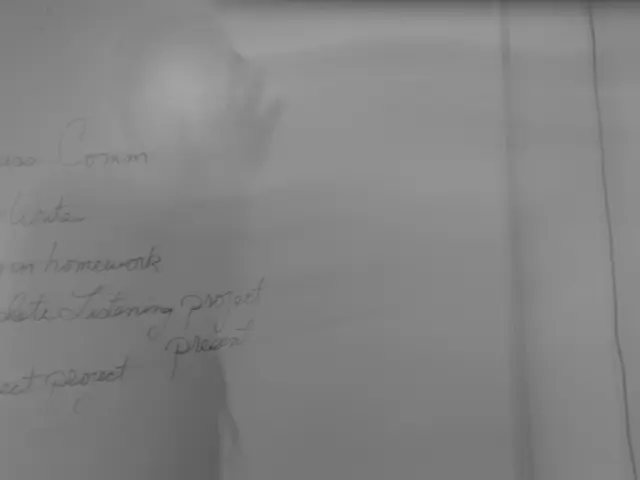Neck Air Accumulation: Insights on Its Impact
Article Title: Understanding Whooping Cough-Induced Cervical Emphysema
Whooping cough, also known as pertussis, is a highly contagious respiratory infection that can lead to severe complications, one of which is cervical emphysema. This rare condition occurs when intense coughing from whooping cough causes air to leak into the neck's soft tissues.
Causes
The primary cause of whooping cough-induced cervical emphysema is the Bordetella pertussis bacterium, which triggers whooping cough. The severe, repetitive coughing fits during the paroxysmal phase of the infection can result in increased intrathoracic pressure, leading to alveolar rupture or air leak into the cervical soft tissue, producing cervical emphysema.
Symptoms
Patients with cervical emphysema typically present with severe coughing fits, similar to those experienced during a whooping cough infection. Additionally, they may exhibit neck swelling, a crackling sensation (crepitus) on palpation over the neck area, caused by subcutaneous air. Other symptoms may include discomfort or pain in the neck and possible voice changes due to air in the cervical tissues.
Treatments
Treatment for whooping cough-induced cervical emphysema focuses on managing the infection itself and the symptoms associated with the condition. Antibiotic therapy early in whooping cough is crucial to reduce the bacterial load and contagiousness. Supportive care for cough includes maintaining hydration, oxygen if needed, and close monitoring for complications.
For cervical emphysema caused by cough, treatment is usually conservative, including rest, oxygen therapy (to help reabsorb subcutaneous air), and cough suppression if safe. In severe or progressive cases, surgical intervention may be necessary, but this is rare.
Prevention
Preventive vaccination is crucial to avoid pertussis infection and its complications, including cervical emphysema.
While cervical emphysema is not directly related to emphysema of the lungs, it is essential to seek immediate medical attention if symptoms arise, as it can cause breathing issues and potentially lead to other complications. This article provides a general overview of whooping cough-induced cervical emphysema, and readers should consult with healthcare professionals for personalised advice and treatment.
- Public health officials emphasize the importance of preventive vaccination to avoid pertussis infection and its complications such as cervical emphysema.
- Science has shown that the primary cause of whooping cough-induced cervical emphysema is the Bordetella pertussis bacterium, leading to severe coughing fits and increased intrathoracic pressure.
- In the medical field, therapies and treatments for whooping cough-induced cervical emphysema focus on managing the infection and associated symptoms, including antibiotic therapy and supportive care for cough.
- For individuals diagnosed with cervical emphysema, pain management becomes an essential aspect of treatment, with options like oxygen therapy and cough suppression to help alleviate discomfort.
- In extreme or progressing cases of cervical emphysema, dermatology may be involved for the application of topical pain relievers, and surgery might be necessary as a last resort.
- Health and wellness education plays a crucial role in understanding conditions such as whooping cough-induced cervical emphysema, encouraging the public to seek medical advice promptly if symptoms arise to prevent potential breathing issues and further complications.







